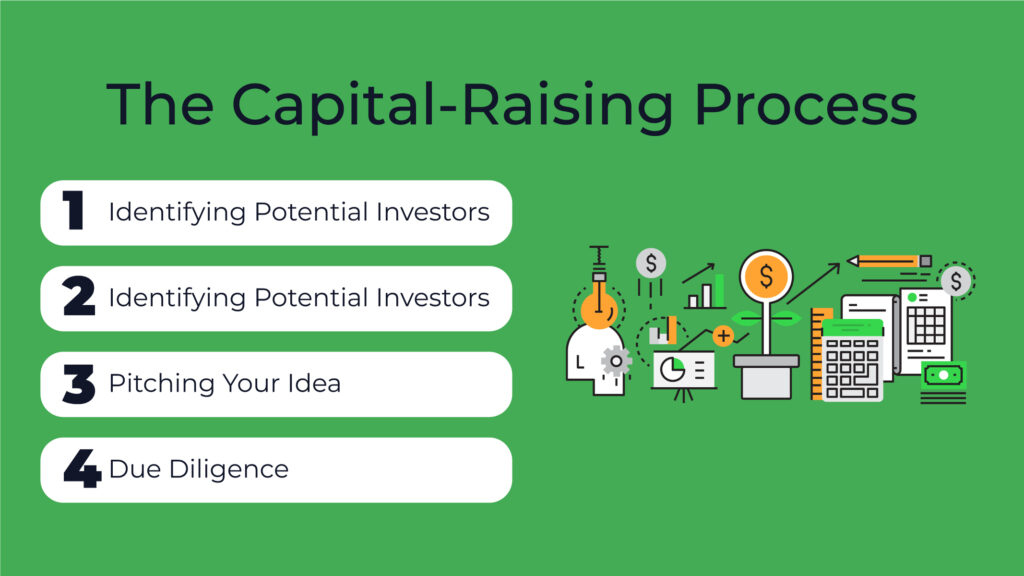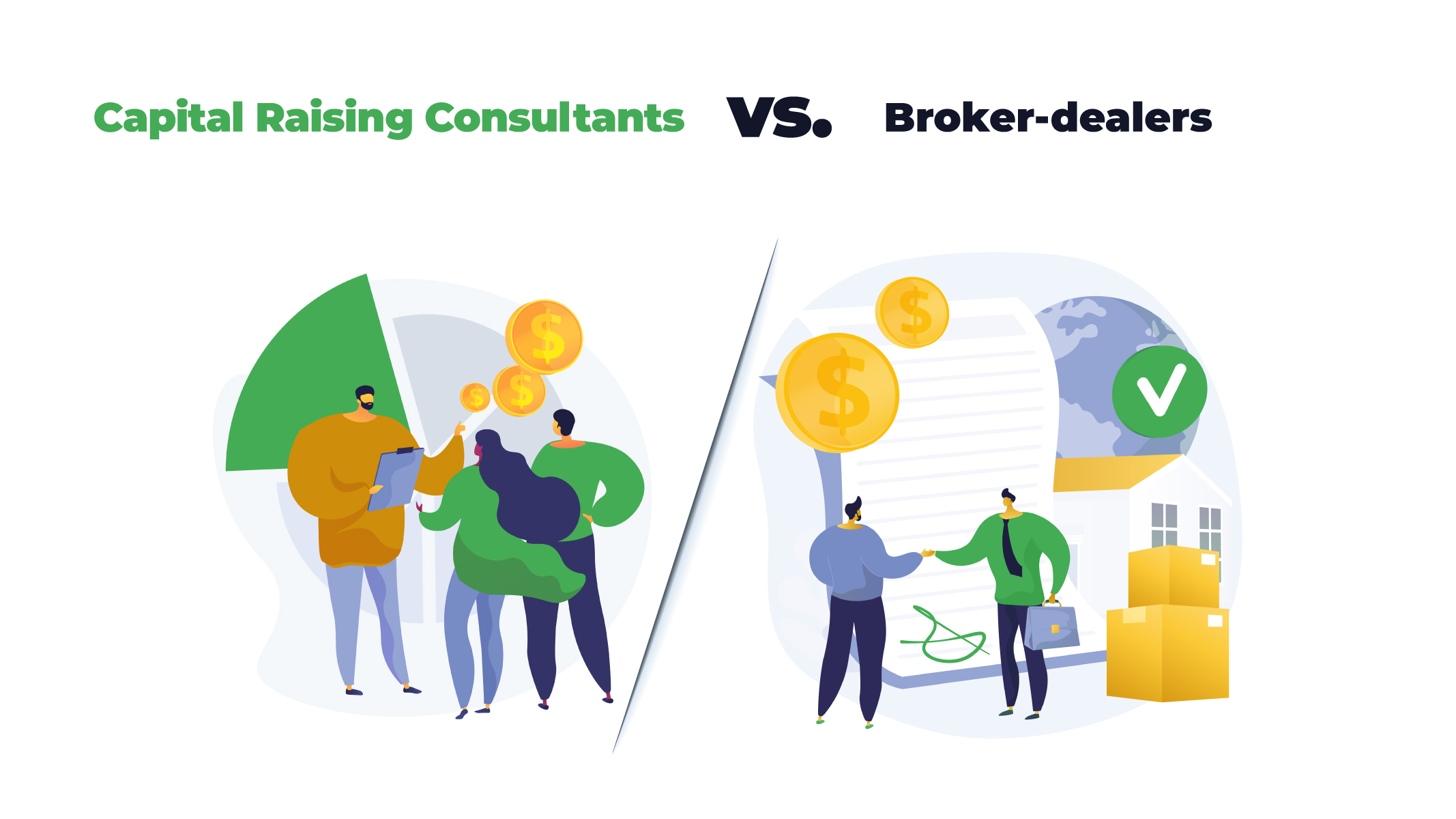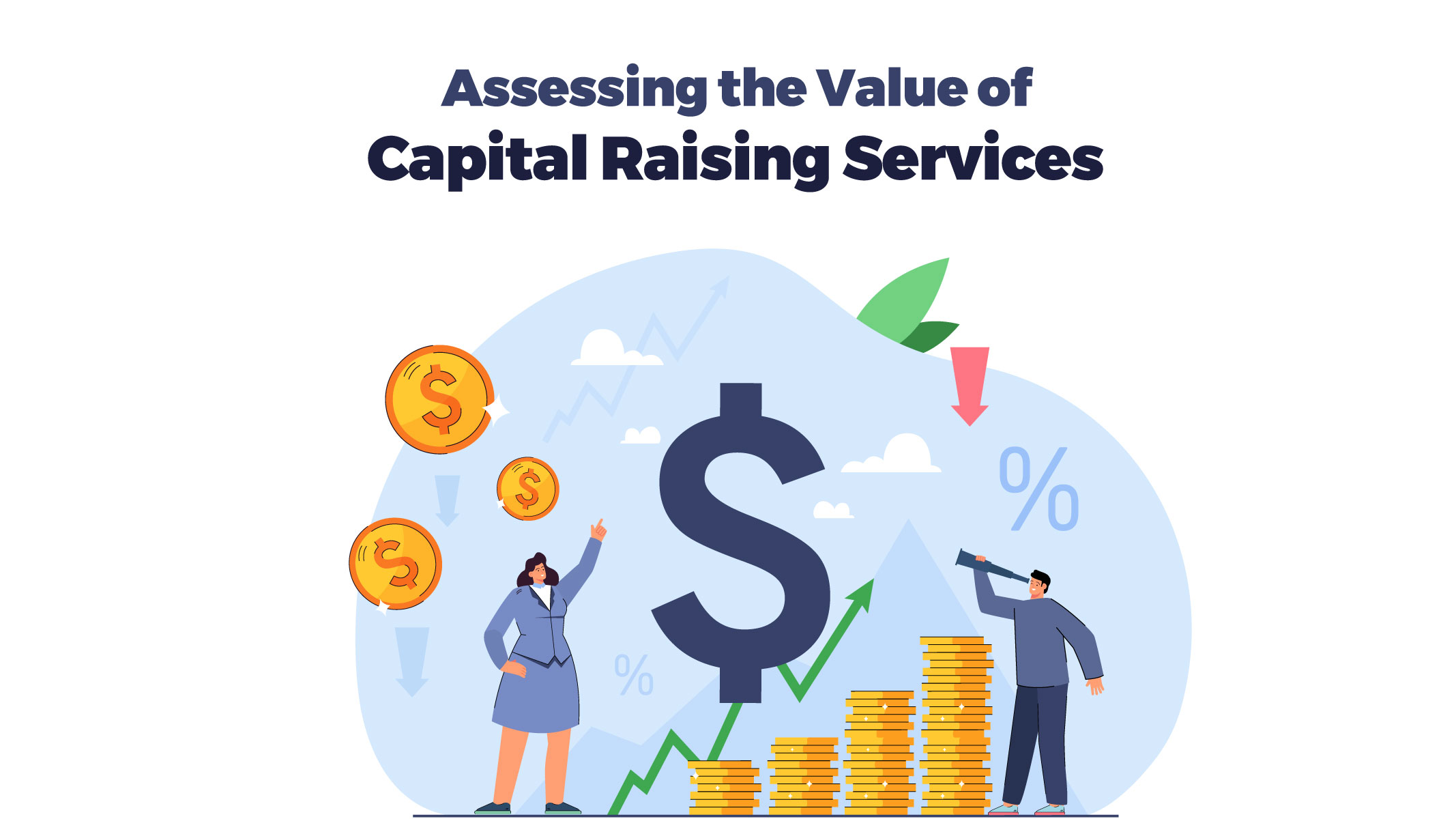Capital Raising 101: Understanding the Basics and Best Practices
[read_meter]
In the ever-evolving landscape of business, capital raising plays a pivotal role. Whether you’re an aspiring entrepreneur looking to launch a startup or an established company seeking growth opportunities, understanding the fundamentals of capital raising is essential. In this article, we’ll delve into the basics and best practices of capital raising 101, providing you with valuable insights to navigate this crucial aspect of business development.
Introduction to Capital Raising 101
Capital raising 101 is the process of obtaining funds to finance a business’s operations, expansion, or development of new products and services. It involves securing financial resources from various sources, each with its own terms, conditions, and expectations. Capital can be raised through equity, debt, or hybrid instruments, depending on the company’s goals and risk appetite.
Types of Capital
Equity Capital
Equity capital refers to the funds raised by selling shares of ownership in the company. Investors who contribute equity capital become shareholders and have a stake in the company’s success. While this type of capital does not require repayment, shareholders expect a share of the company’s profits and a say in its decision-making processes.
Debt Capital
Debt capital, on the other hand, involves borrowing money from external sources, such as banks or financial institutions. Unlike equity capital, debt capital requires regular interest payments and eventual repayment of the principal amount. Debt financing allows companies to maintain full ownership but increases financial obligations.
Mezzanine Financing
Mezzanine financing combines elements of both equity and debt capital. It involves offering lenders the opportunity to convert their debt into equity if certain conditions are met. This form of financing is commonly used to bridge the gap between equity and debt financing.
The Capital-Raising Process

Preparing Your Business
Before embarking on the capital-raising 101 journey, it’s crucial to have a well-defined business plan and a clear understanding of your financial needs. Investors will want to see a solid strategy, market analysis, and growth projections.
Identifying Potential Investors
Research and identify potential investors who align with your industry and business model. Whether you’re seeking venture capital, angel investors, or crowdfunding, finding the right fit can significantly impact your success.
Pitching Your Idea
Craft a compelling pitch that outlines your business’s value proposition, market opportunity, and growth potential. Tailor your pitch to resonate with the specific interests of the investors you’re approaching.
Due Diligence
Investors will conduct thorough due diligence to assess the viability and potential risks of your business. Be prepared to provide detailed financial records, operational plans, and legal documentation.
Unlock Your Business’s Potential: Mastering Capital Raising 101 with Easy Capraise!
Are you ready to take your business to new heights? Discover the secrets to successful capital raising with Easy Capraise. Whether you’re a startup founder or an established company, our comprehensive guide covers everything you need to know about obtaining funds, choosing the right investors, and navigating the process like a pro. Don’t miss out on this opportunity to secure your business’s future. Let’s elevate your success together!
Best Practices for Effective Capital Raising 101
Develop a Solid Business Plan
A well-structured business plan demonstrates your commitment, vision, and understanding of the market. It should outline your target audience, competition, marketing strategies, and financial models.
Know Your Numbers Inside Out
Investors will scrutinize your financial data, so be prepared to explain your numbers and assumptions. Present a clear picture of how you plan to use the capital and how it will lead to profitability.
Tailor Your Pitch to the Audience
Different investors have different priorities. Customize your pitch to address their concerns and show how their investment aligns with their goals.
Highlight Your Unique Selling Proposition (USP)
What sets your business apart? Clearly articulate your USP and how it positions your company for success in the market.
Pros and Cons of Different Capital Sources
Venture Capital
Venture capital firms invest in early-stage companies with high growth potential. They provide not only funding but also expertise and mentorship. However, venture capital often comes with giving up a significant portion of equity.
Angel Investors
Angel investors are high-net-worth individuals who provide capital in exchange for equity. They can offer valuable industry connections and insights but may have less capital to invest compared to venture capital firms.
Crowdfunding
Crowdfunding platforms allow you to raise small amounts of money from a large number of individuals. It’s a way to gauge market interest and validate your idea, but success isn’t guaranteed.
Bank Loans
Traditional bank loans offer a straightforward way to secure funding, but they require collateral and regular repayments. Interest rates and terms can vary.
Evaluating Investment Offers
Valuation of Your Business
Determining the value of your business is a critical negotiation point. Understand how investors arrive at their valuation and be prepared to negotiate based on your growth potential.
Terms and Conditions
Carefully review investment terms, such as equity share, board seats, and exit strategies. Ensure the terms align with your long-term goals.
Building Investor Relationships
Transparency and Communication
Open and honest communication with investors fosters trust. Keep them updated on company progress and challenges.
Delivering on Promises
Meeting milestones and achieving growth as promised demonstrates your competence and commitment.
Mitigating Risks and Challenges
Overreliance on Capital
While capital is essential, overreliance on external funding can lead to loss of control and unsustainable growth.
Loss of Control
Equity investors become stakeholders in your company. Be cautious not to give up too much control in exchange for capital.
Case Studies: Successful Capital-Raising 101 Stories
Airbnb: A Journey from Seed Funding to IPO
Airbnb’s success story started with seed funding from Y Combinator. Strategic partnerships and continuous innovation led to subsequent funding rounds and, ultimately, a successful IPO.
Tesla: Disrupting the Auto Industry with Strategic Funding
Tesla secured early investments and government grants to fuel its electric vehicle revolution. The company’s vision attracted investors who believed in its potential to reshape the automotive industry.
The Future of Capital Raising 101
The rise of impact investing and environmental, social, and governance (ESG) considerations are shaping new investment trends.
Technology’s Role in Shaping Capital Raising
Blockchain, tokenization, and online platforms are democratizing access to capital and revolutionizing the investment landscape.
FAQs
What is the main purpose of capital raising?
Capital raising aims to secure funds for business operations, expansion, and development.
How do I choose the right type of capital?
Consider your business’s financial needs, risk tolerance, and growth objectives when selecting between equity and debt capital.
What should be included in a business plan for investors?
A business plan should cover your market analysis, growth projections, marketing strategies, and financial forecasts.
What is due diligence in capital raising?
Due diligence involves a comprehensive assessment of your business’s financials, operations, and potential risks by potential investors.
How can I maintain control of my company while raising capital?
Carefully negotiate investment terms and consider hybrid financing options to strike a balance between capital infusion and control.
Conclusion
Capital raising is a complex yet vital aspect of business growth. By understanding the various types of capital, navigating the capital-raising 101 process, and implementing best practices, entrepreneurs can secure the funding needed to realize their visions. Remember that each business is unique, so tailor your approach to align with your goals and values.
Contact us
Good to have you here! If you have any queries, please leave your message. Our team will reach out soon:)
.








